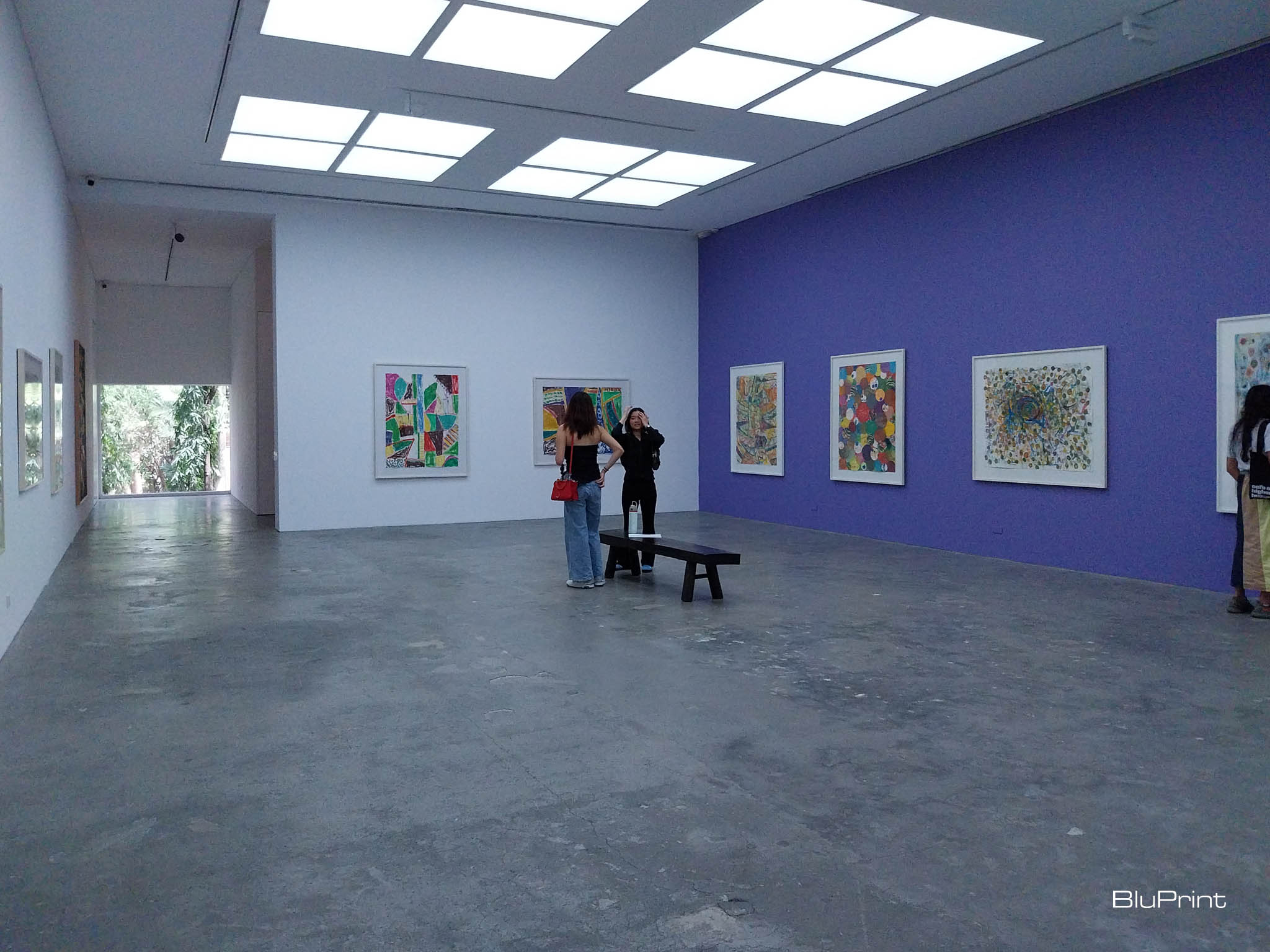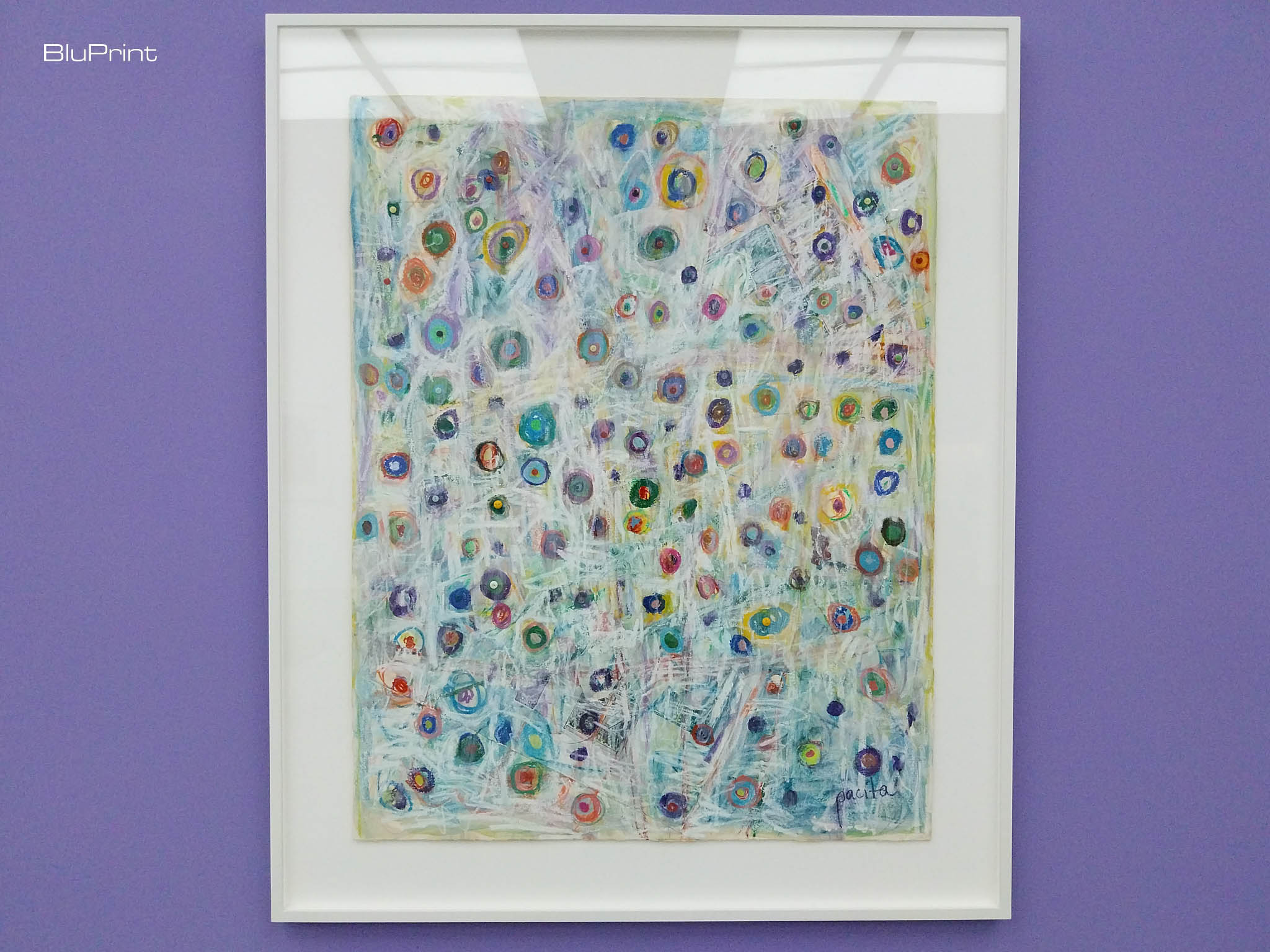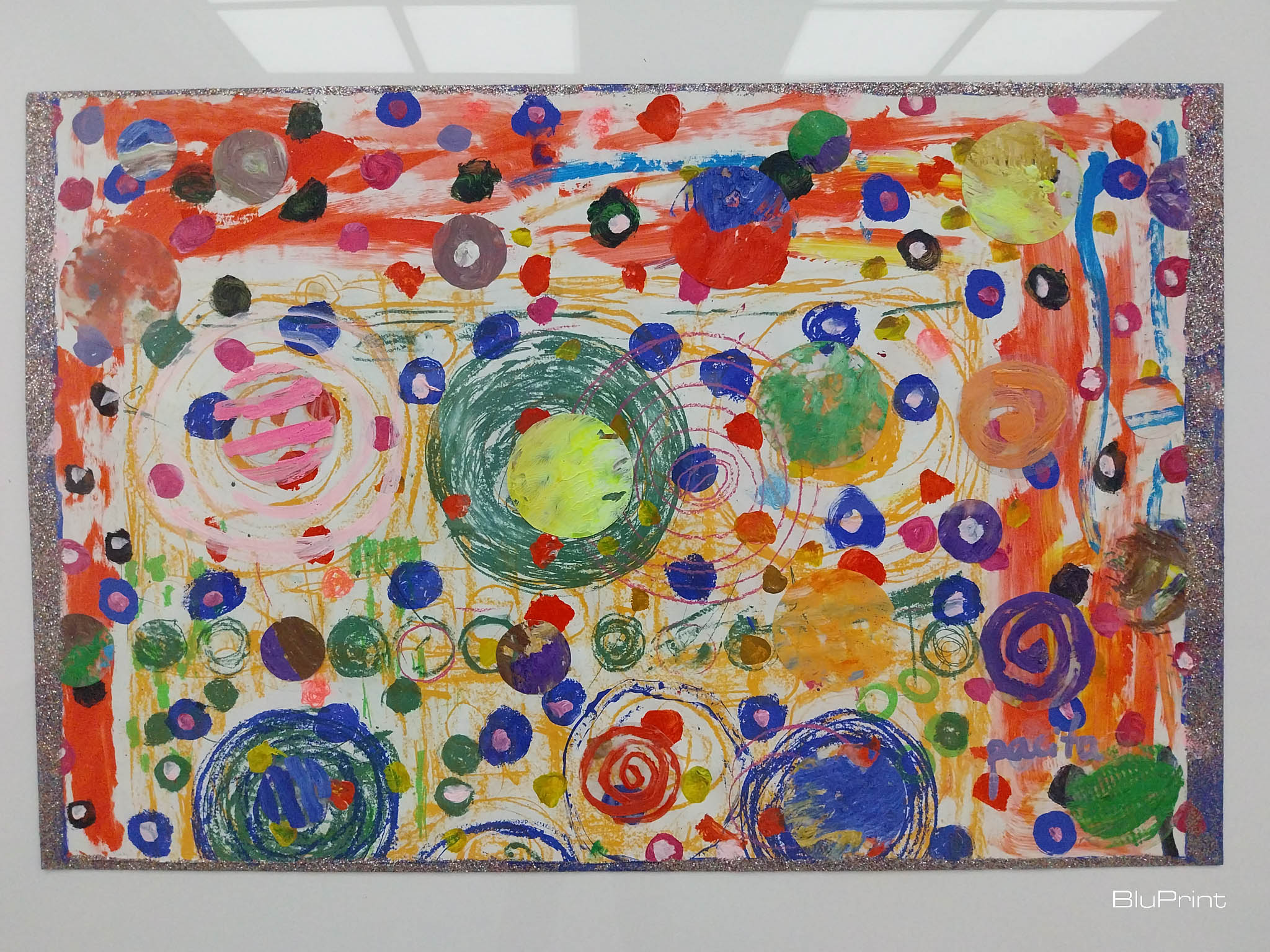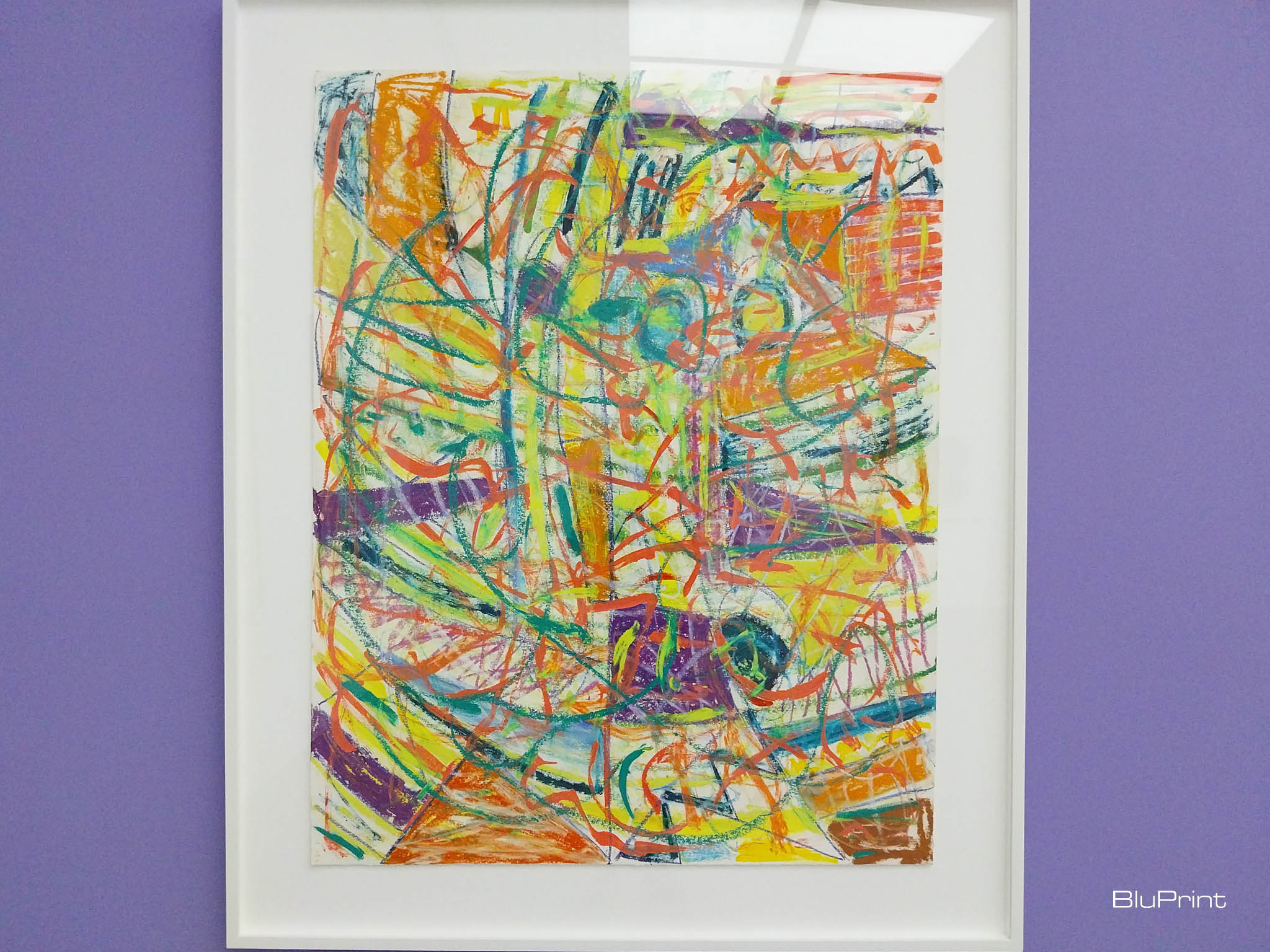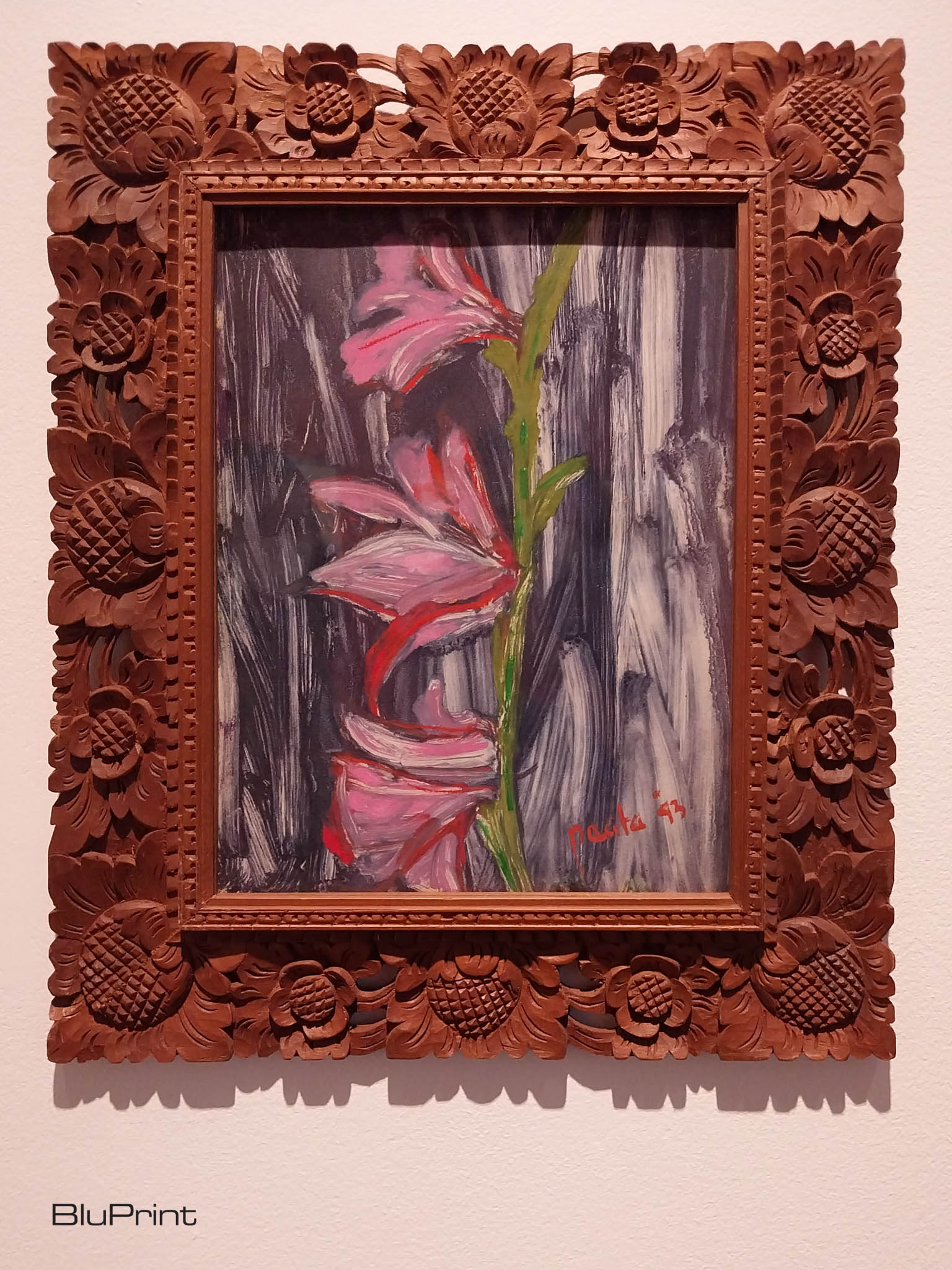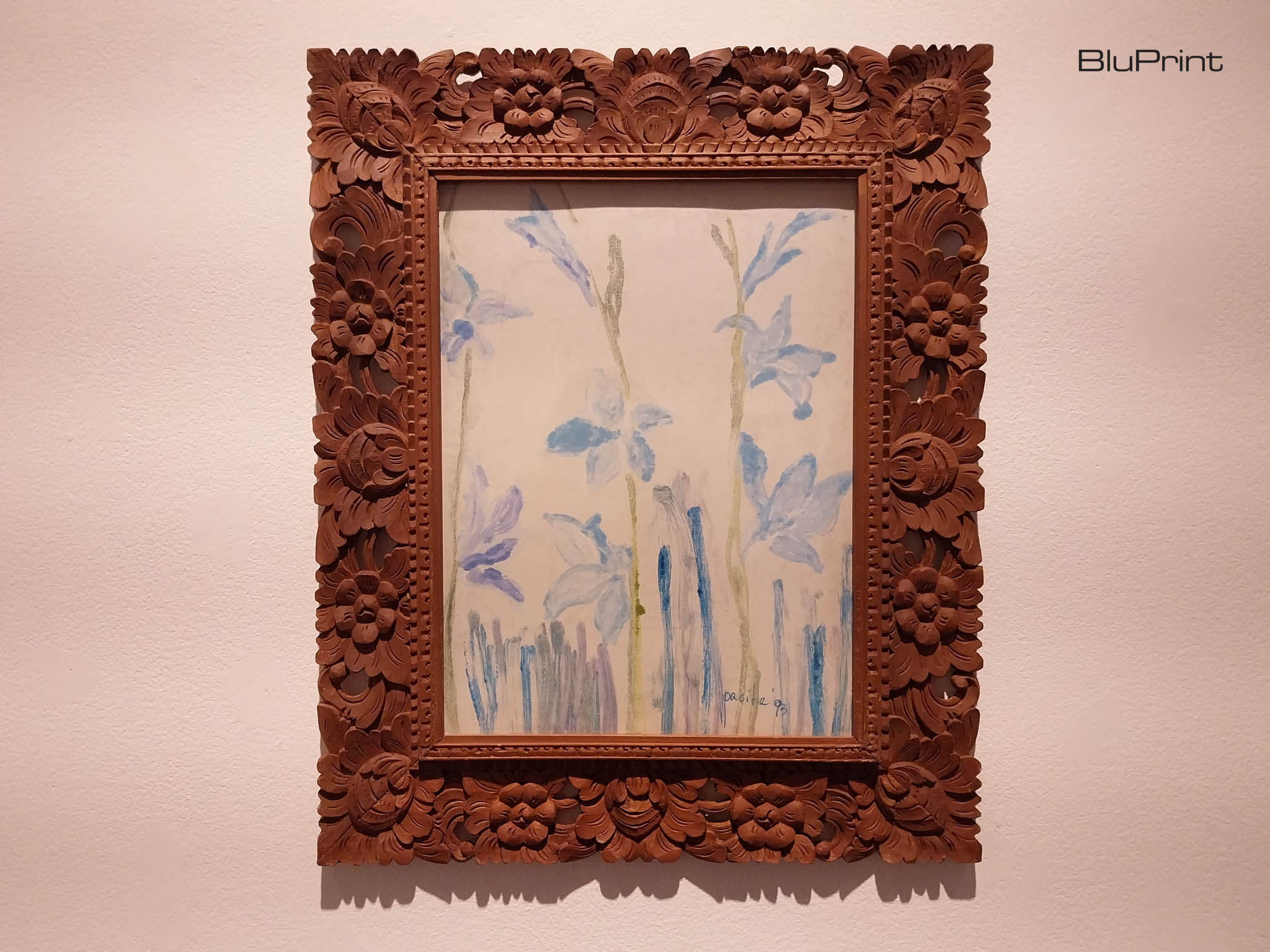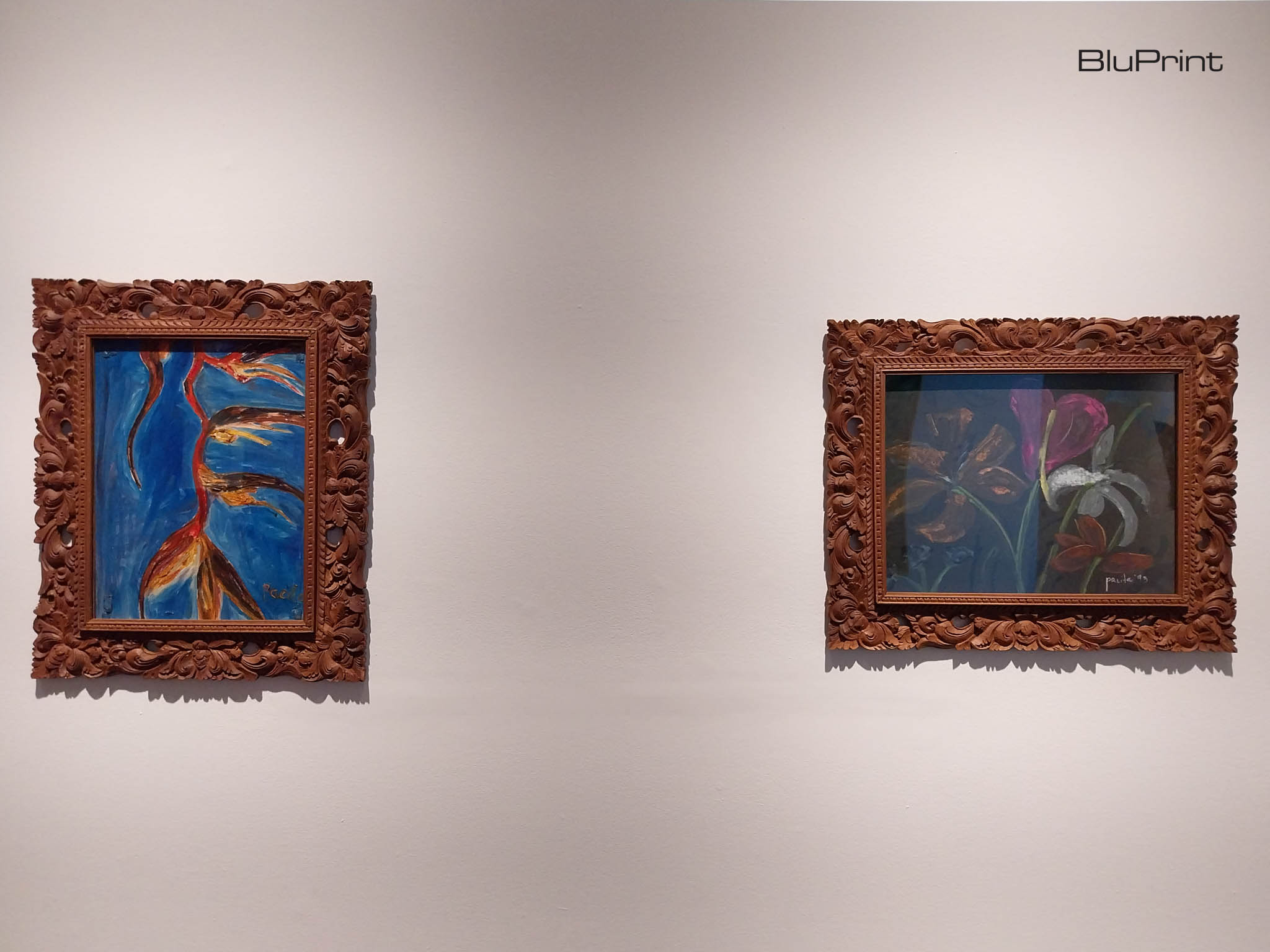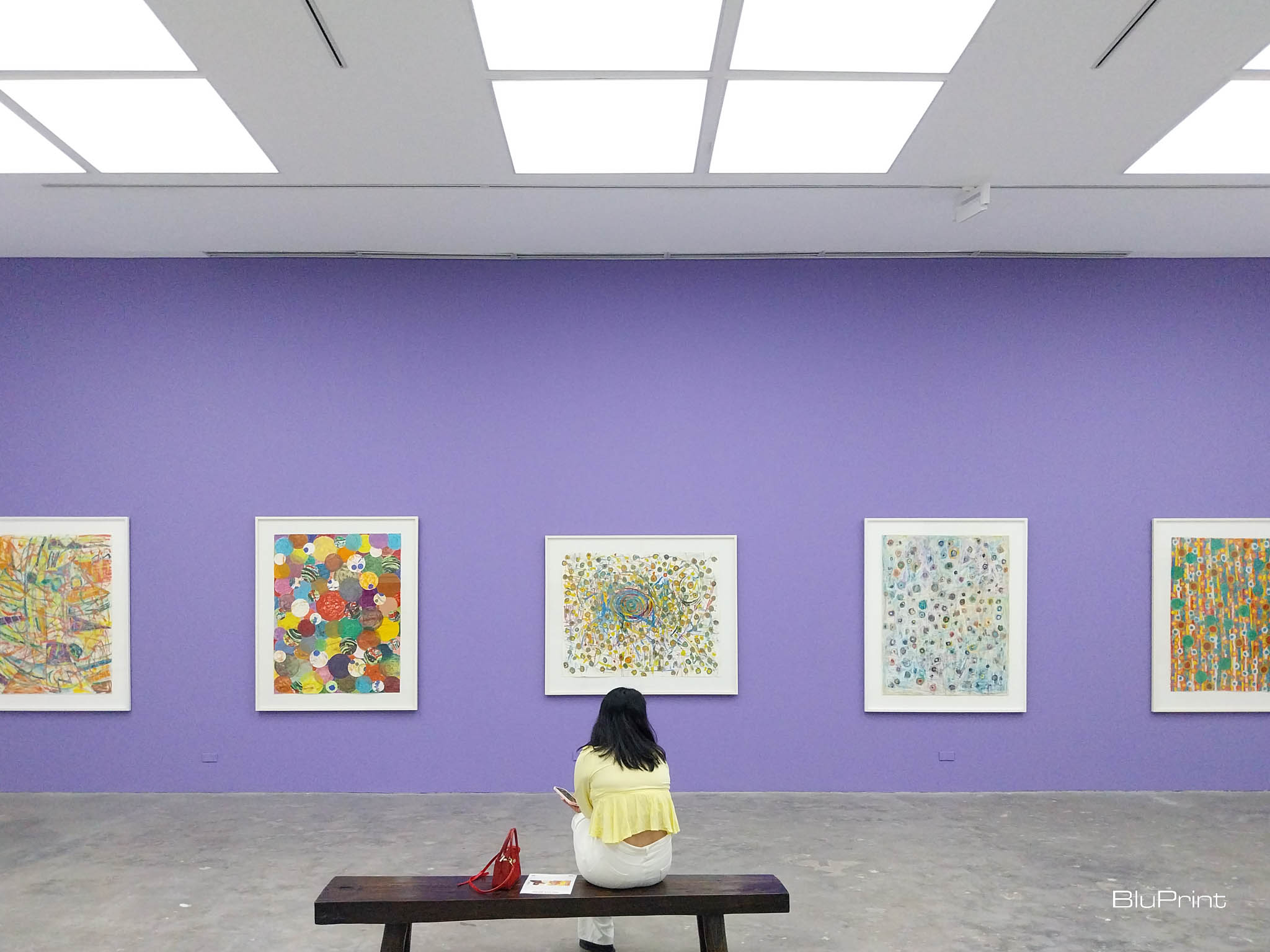
‘Love is Like A Heat Wave’: Celebrating Pacita Abad’s Works
Love is Like a Heat Wave is the new Silverlens exhibit celebrating the works of the late Pacita Abad. It shows off much of her work during the last years of her life. The works feature the experimental collages she created for her final exhibition Circles in My Mind from 2004.
The new exhibit was named after one of the pieces featured. It comes at the 20th anniversary of Abad’s iconic final exhibition at CCP, which was publicly shown months before she died of complications related to lung cancer.
Beyond her iconic final works, the exhibit includes new floral paintings never before shown to the public. Pacita Abad made these paintings in Jakarta during the 1990s, and show a quieter side of the artist.
Quilted Emotions
Silverlens’ exhibition of Abad’s work gives a sense of scale and brightness that allows it to pop out to viewers on first glance. The room, painted a light lavender, reflects the light of the room well and allows the multicolor paintings to glow. It’s the perfect romantic showcase for February.
The paintings’ colorful circles feel demonstrably meaningful and unique when you look at them. The quilts are both chaotically abstract at first glance, and strangely weighty as you look closer. Paintings like “Game the Marbles” or “Night and Day” show off Abad’s mastery of the form. It melds different, disparate components together to create a fully-realized picture of the soul.
“Game the Marbles,” for example, has circles within circles. Looking closer at it, you can see buttons popping up in the middle, adding dimension to the randomness. Around the painting’s chaotic lines and circles, you can see hints of something below the surface, green rectangles that look like motherboards.
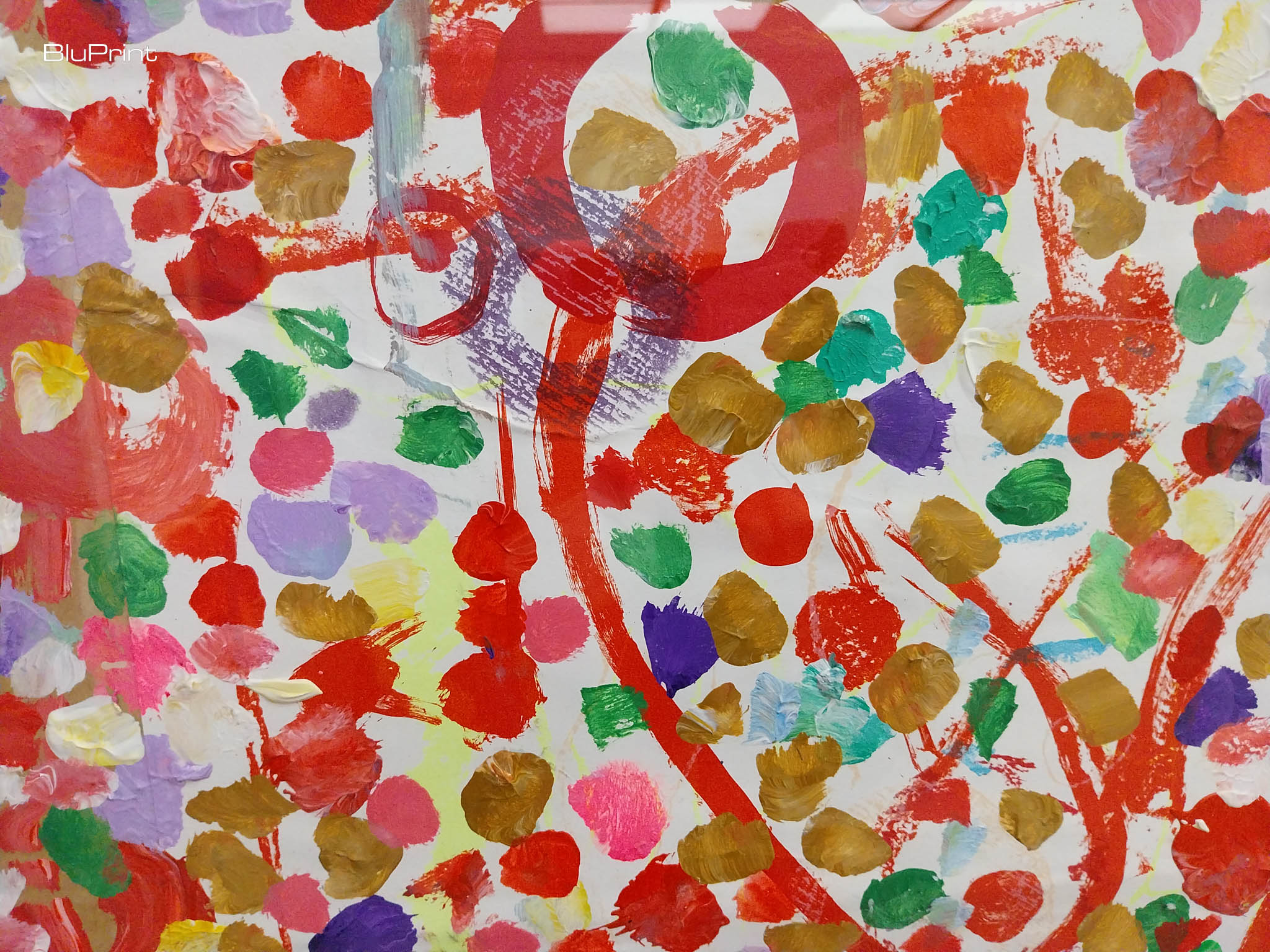
“Love is Like A Heat Wave,” meanwhile, adds strong red lines of varying widths across the canvas. As the circles densely populate the edge of the painting, they start dispersing more as the central red waves in the middle force space between the circles. Love is a force that wrecks open everything you hold dear. And yet, it’s a strangely calming work.
Staring at these long enough makes you wonder about the chaos of modernity. The circles are a facade for the way people hide emotions from the self. It seems disorderly and tumultuous. But as patterns emerge and ideas break through, the abstractness brings into focus the reality of our daily lives’ chaos and how we make meaning from it ourselves.
The Inner Soul of Pacita Abad
The floral portrait paintings, on the other hand, are secluded in a separate area. The room itself is dimly lit, an orange hue emanating from the walls. There’s a stronger sense of intimacy in this one, as we will see her personal works that no one might’ve been meant to see.
There’s a striking softness to the work in comparison to the collage paintings of the main exhibit. The way she paints the flowers do not seem daring. And yet, the choices accentuate a personal simplicity that adds to the art’s intimacy.
Look at “White Iris and Anthurium” or “Rose Damask,” for example: while the background is dark, there’s an intentional use of non-black colors to create the darkness, allowing the flowers to pop out instead of being muted by the strong contrast.
Meanwhile, works like “Dancing Daffodils” or “Anthurium with Lily” look like they’re fading away. It’s possibly an outcome of time, but the faded colors make the portraits seem dreamlike. It’s like the flowers are dissolving before our very eyes, a reminder of the ravages of time even to our nostalgia.
Love is Like A Heat Wave is an explosion of personality and colors, a reminder of Pacita Abad’s vibrancy of life in each of her works. The works feel alive and distinct, and that feels awe-striking to witness closely with others. As important as she is in the history of Philippine art, this exhibit showcases that even twenty or thirty years forward, her work bubbles with a vitality that connects with viewers today.
The exhibit is open to the public until March 16.
Related reading: ‘Return, My Gracious Hour!’: Reinterrogating Nostalgia of the Past
